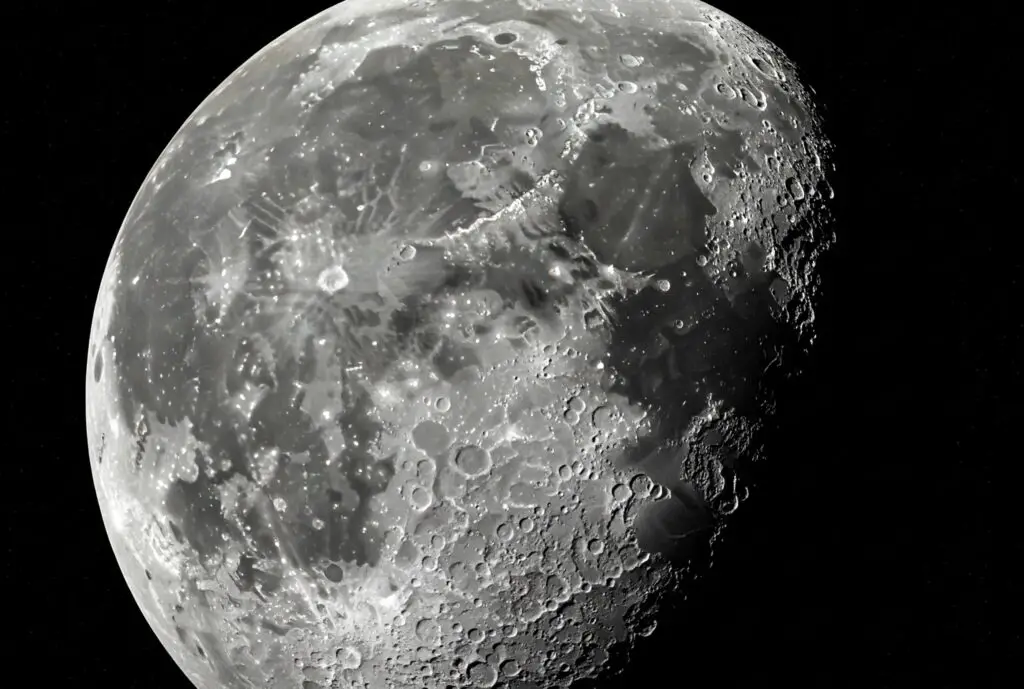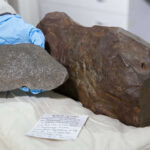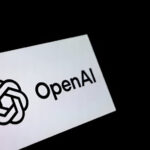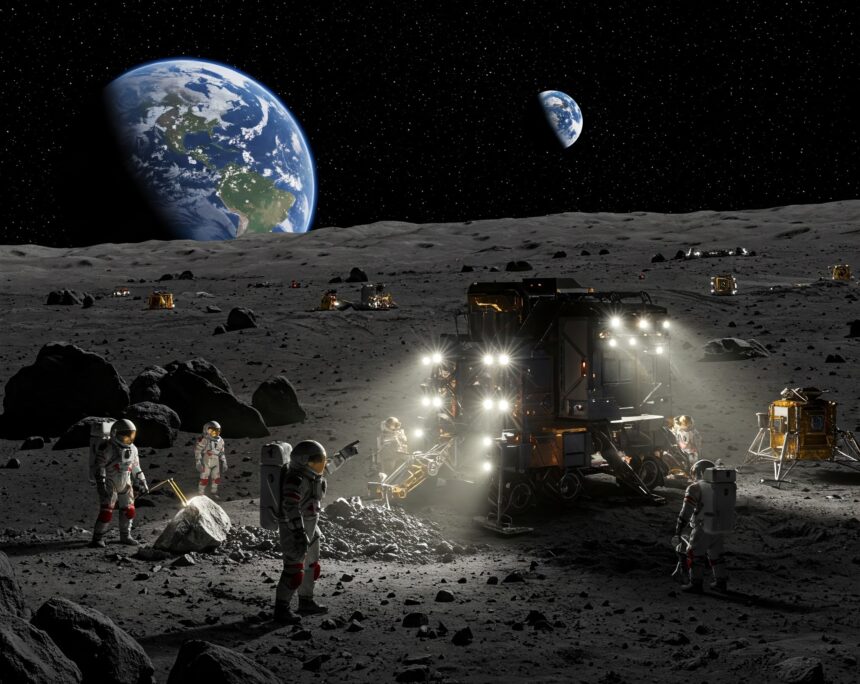The American company Interlune plans to extract helium-3 from the Moon in 2027 through its Prospect Moon mission. The project seeks to commercialise this isotope, which is essential for quantum computing and nuclear fusion. However, questions remain about its feasibility and the legal implications, disputes from other countries.
Helium-3: a scarce and valuable resource
Helium-3 is a rare isotope on Earth, with a proportion of just one part per million compared to helium-4, its most common variant.
Its uniqueness lies in the absence of a second neutron, which allows it to reach extremely low temperatures, making it crucial for quantum computers and, potentially, as fuel in nuclear fusion reactors.
Its rarity and usefulness have raised its value to exorbitant figures: up to 20 million dollars per kilogram, according to estimates by Interlune, Popular Science indicated in its newspaper article.
Why the Moon has more helium-3 than Earth
Unlike Earth, the Moon is rich in helium-3 due to its constant exposure to the solar wind. This phenomenon occurs because the Moon lacks a magnetic field, allowing highly energetic particles from the Sun to accumulate on the lunar surface.
Over time, the isotope has become trapped in tiny bubbles within the upper layers of lunar regolith, the dust and rock fragments that coat the satellite, the science magazine New Scientist reported.
The extraction of this resource could represent a key source of energy and advanced technology on Earth, provided its abundance is sufficient to justify the investment.
The Prospect Moon mission and Interlune plans
To that end, Seattle-based Interlune, founded in 2020, designed the Prospect Moon mission, scheduled for 2027.

The company aims to demonstrate the commercial viability of lunar mining by extracting and analyzing regolith samples. To do so, it plans to use a lunar lander contracted through NASA’s Commercial Lunar Payload Services (CLPS) program, Popular Science reported.
A variety of scientific equipment will be carried on board the module, including a regolith sampling system, a mechanical helium-3 processor, a mass spectrometer, and a multispectral imager, which will be used to analyse the actual amount of helium-3 on the lunar surface.
Doubts about the viability of the project
However, the project’s viability remains uncertain. Helium-3 levels on the Moon were inferred primarily from remote data and samples collected during the Apollo missions, which contained only trace amounts of the isotope.
The possibility that some of the helium-3 was released on the bumpy return journey to Earth cannot be ruled out, but the only way to confirm this is through direct, large-scale extraction.
Legal and ethical challenges of lunar mining
Beyond the scientific and technical challenges, lunar mining raises legal and ethical issues. There is no clear regulatory framework regarding the ownership of lunar resources, which may stir up controversies or disputes regarding it between countries.
Although international treaties establish that no country can claim sovereignty over the Moon, the development of mining activities by private companies creates uncertainty about who has the right to exploit these resources and under what conditions.
The project also sparked debate about its environmental and cultural impact. Some scientists argue that the Moon should be preserved, both for its symbolic value and because of possible unknown effects on its ecosystem.
However, Clive Neal, Interlune’s scientific advisor and a professor at the University of Notre Dame, dismisses the environmental arguments: “There’s no life there, so why do we need to preserve the environment?” he told New Scientist.
However, he acknowledged that lunar mining could generate cultural conflicts, since the perception of the Moon varies according to different societies and traditions.





